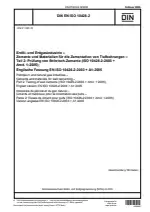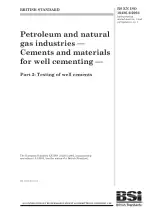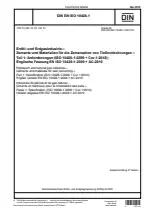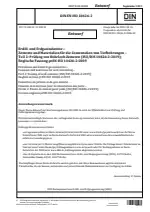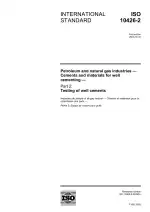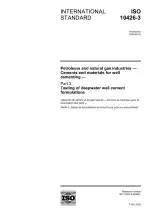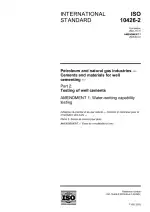Petroleum and natural gas industries - Cements and materials for well cementing - Part 2: Testing of well cements
Also Known As:
ISO 10426-2 is a standard that focuses on the testing of well cements and related materials in the petroleum and natural gas industries. This standard provides requirements and recommendations for conducting tests on cement slurries under simulated well conditions. The goal of these tests is to ensure that the cement used in well cementing operations meets the necessary performance criteria.
The standard covers various aspects of testing, including the preparation of cement slurries, monitoring of cement properties, and assessment of cement performance. It defines specific testing procedures and parameters that need to be followed to ensure reliable and consistent results. These tests simulate the harsh conditions that cement will be exposed to in a well, such as high temperatures, pressures, and aggressive fluids.
Adhering to this standard helps ensure the quality and reliability of cement used in well cementing operations. It provides a standardized approach to testing, allowing for consistent evaluation and comparison of different well cements.
| Descriptors | Absorptive capacity for water, Bore holes, Cements, Definitions, English language, Natural gas extraction, Natural gas industries, Non-destructive testing, Oil industries, Oil production, Permability, Petroleum products, Sampling methods, Slurries, Testing, Wells, Holes, Bores |
| ICS Codes | 75.180.10 - Exploratory, drilling and extraction equipment 91.100.10 - Cement. Gypsum. Lime. Mortar |
| Language(s) | English |
| File Size | 1.6 MB |

